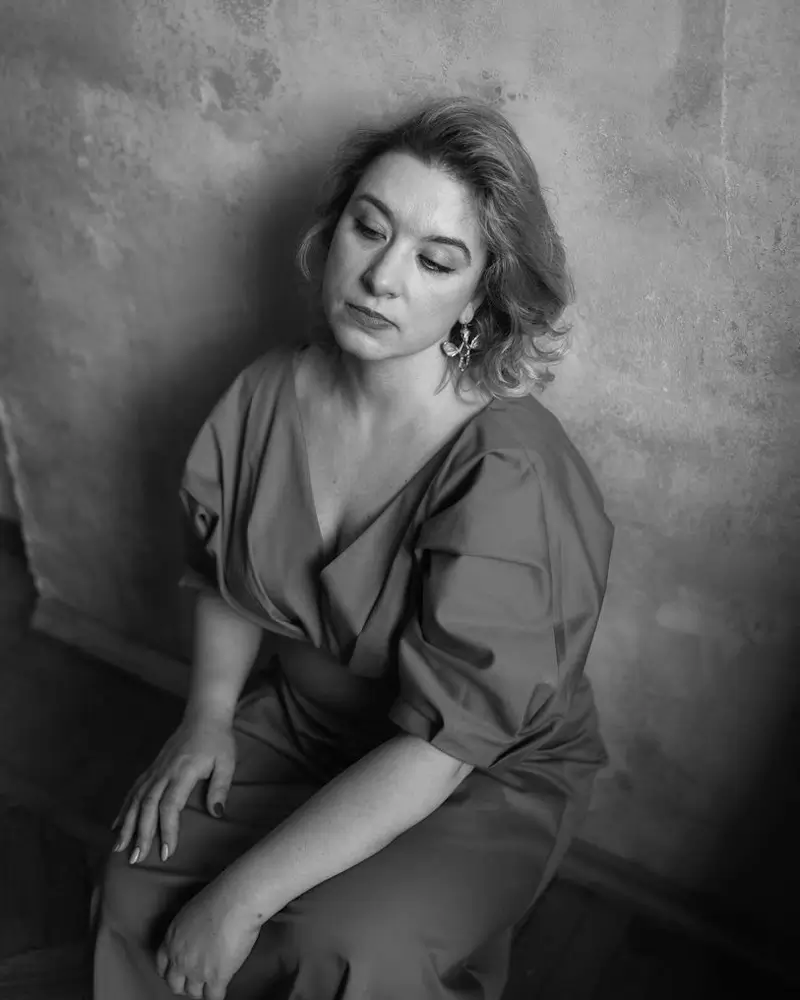I was born on the border of China and Russia in the Far East. My father photographed with a film camera and involved me in the process of developing films, so I have been in contact with photography since childhood. But I didn’t have my own camera until I was 40 years old.
I moved around a lot and started photography when my main financial career stopped inspiring me.
I began my photography career with commercial shoots and work for small print publications with large circulation.
I have increasingly realized that through the language of photography, I can convey my vision of the world to the audience. I was born in a unique region where many small ethnic groups live, ones that cannot be found in other corners of the planet. These ethnic groups have their own culture, with unusual prints and patterns, as well as their own tales and myths. In addition to my documentary projects, I also create art projects based on cultural traditions that are in my blood.
I am married, have a son and a daughter, a disabled dog, and I cook kharcho soup well. I am currently studying in a two-year program at the Joseph Bakshtein Institute of Contemporary Art in Moscow.
Article
Mother and Daughter
